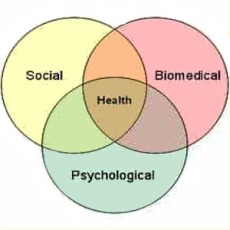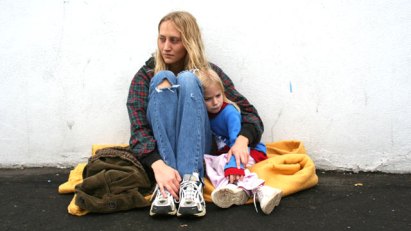-Private Practice Group (Allie Dashow, Eliza Adler, Julie Sessler, David Montes, Mariah Stein)
1.Social workers in private practice work outside of an agency or government facility. This means that they are self-employed. Unlike social workers within an agency, a private practitioner must understand how to manage their practice in terms of business requirements in addition to the actual practicing of clinical social work. To some, including Mario Nunez a recent guest speaker for the SW250 class, starting a private practice can be a slow process because it takes time to build up a solid reputation with clientele (Mario Nunez, personal communication, April 21, 2016)

2. Most all of private practice work is conducted mainly on the micro/mezzo level. Clinical social workers can provide individual counseling, marriage or relationship counseling, family counseling, and also group counseling. Some themes that private practitioners may work with include trauma, gender identity and relationship counseling, substance abuse counseling, and counseling for other various types of mental illness. Practitioners with ‘R’ designation may also serve on committees or policy and insurance board’s as well as provide expert witness testimony or advocate for policies with legislators in support of their clients, therefore doing some work also at the macro level.

3. Social workers must acquire numerous degrees and licenses in order to practice. More specifically, private practitioners need an MSW and state license to practice. Further, they may have to work their way up between levels of clinical social work in addition to the minimum requirements, ultimately leading to the ability to receive ‘R’ designation, and therefore bill insurance and also work more at the macro level on behalf of clients. The three levels include the: Postgraduate practice, autonomous practice, and advanced practice. Advanced practitioner have their degree and licensing as well as over five years of experience in private practice.
4. Private practitioners can make more money than they would working for an agency. Some debate exists regarding this difference in wage for social workers, however, most all provide services on a sliding scale thus accommodating for those who are unable to pay higher rates.

5. The difference between social workers and many other fields that may provide clinical services include the ideology of a systems perspective or holistic approach which considers all of the environmental factors contributing to a client’s overall well-being. They can use many different types of interventions and evidenced based practices when working with clients. A popular method used in private practice may be cognitive behavioral therapy. This method is a short-term, goal-oriented form of psychotherapy which utilizes problem-solving to consider patterns of thought and behavior and ultimately works to change them.

6. Private practice allows for more flexibility than other fields of social work. This is often a commended characteristic favorited by many practitioners. Clinical social workers get to make their own schedules. While consistent scheduling and hours are necessary to receive a common salary each week, this flexibility is beneficial to social workers in that they can accommodate both the clients’ needs and their own personal scheduling needs. Private practitioners may have other part-time jobs, or raising family, and therefore often appreciate the ability to set their own hours.

7. Unlike agencies, social workers in private practice often work alone. Some may even do their own receptionist and accounting work as well. This means that they do not always have the support of fellow co-workers to consider ideas or decompress with after a challenging day. Some may feel isolated or lonely without peer or supervisor support. It is, therefore, important for social workers to take care of their own emotional and physical needs. Often, many clinical social workers also take part in other activities including group sessions. For example, John Davidson a private licensed practitioner in Binghamton, NY, also spends time with the healing house as the clinical director (John Davidson, personal communication, March 25, 2016).

8. One aspect of private practice that makes it different from other fields of social work is that Clinical social workers can provide services to people of all ages and backgrounds. Practitioners often work with people of all ages, backgrounds, and needs. Still, some practitioners advertise special focus areas within their practice that they are interested in for specific clients also.

9. It is important for private practitioners to be very aware of themselves in order to provide health services for their clients and also to maintain their own well-being. Self-awareness is important in avoiding conflicts of vicarious trauma while counseling. Vicarious trauma can result when the professional providing services feels deep engagement and empathy for the client. Specifically, it happens in a way in which the professional is disrupted and unable to provide adequate services for the client in need due to the distress and overwhelming feelings felt by the practitioner. Therefore, as John Davidson said in his interview, new social workers “need to know themselves”. One of the best ways to do that, according to John, is to participate in therapy before practicing to better understand yourself and to ensure that you do not have any unopened histories that could limit your ability to provide services to people.

10. Private practitioners provide valuable services to clients seeking wellness, especially in the field of mental health care. It may take a significant amount of work to become a successful social worker in private practice, but many report that they love their job overall. Some of the greatest accomplishments and conversations can happen in the office of a private practice social worker.

Sources:
Mario Nunez, Guest Speaker (4/21)
John Davidson, Guest Speaker (3/25)








































































































You must be logged in to post a comment.